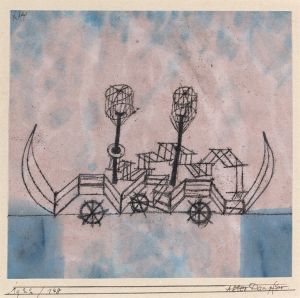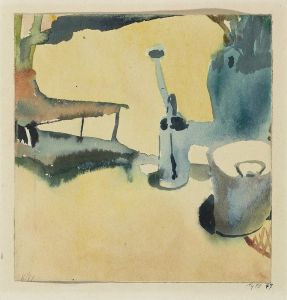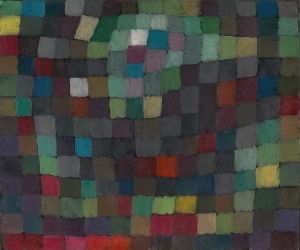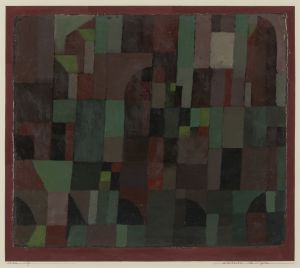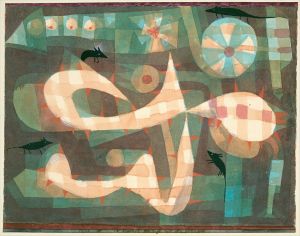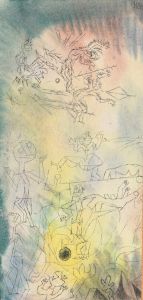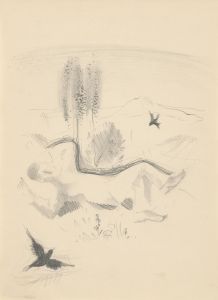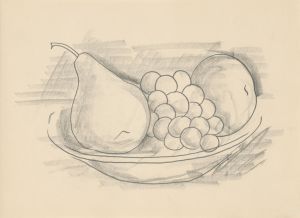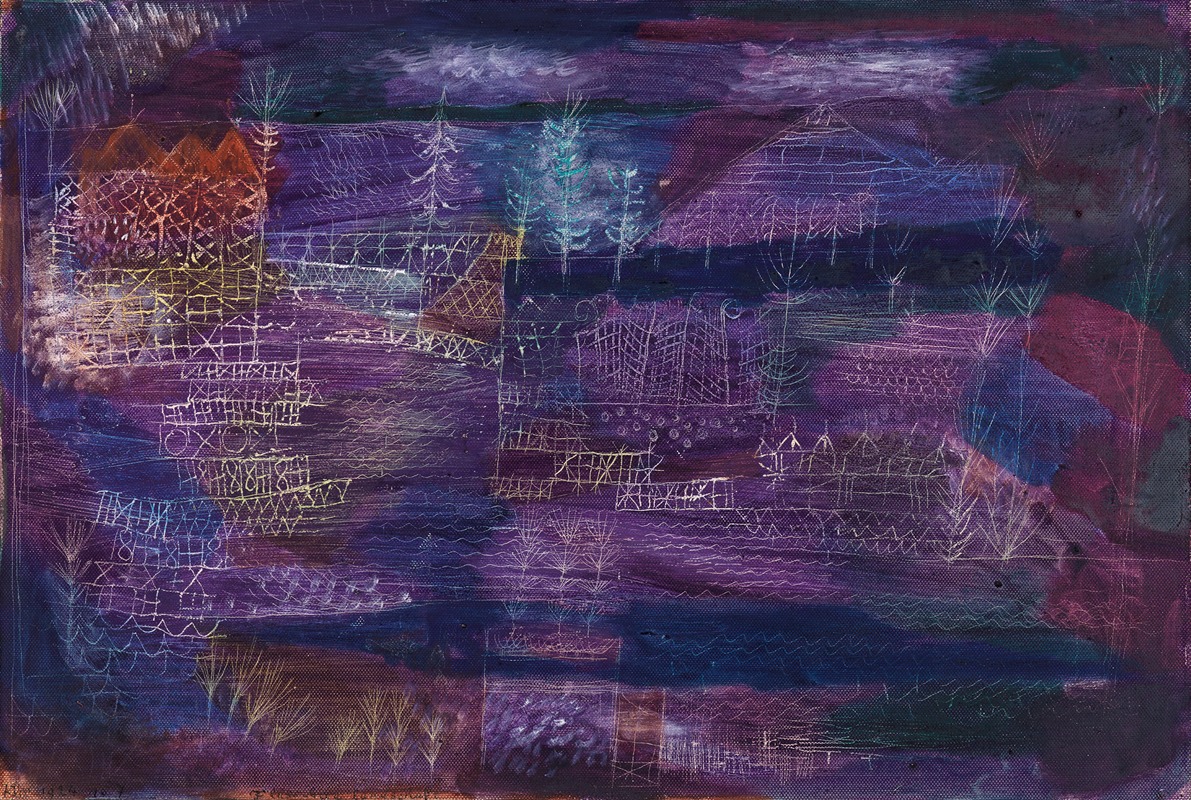
Flussbaulandschaft
A hand-painted replica of Paul Klee’s masterpiece Flussbaulandschaft, meticulously crafted by professional artists to capture the true essence of the original. Each piece is created with museum-quality canvas and rare mineral pigments, carefully painted by experienced artists with delicate brushstrokes and rich, layered colors to perfectly recreate the texture of the original artwork. Unlike machine-printed reproductions, this hand-painted version brings the painting to life, infused with the artist’s emotions and skill in every stroke. Whether for personal collection or home decoration, it instantly elevates the artistic atmosphere of any space.
Paul Klee's Flussbaulandschaft (translated as "River Construction Landscape") is a painting created by the Swiss-born artist in 1929. Klee, a prominent figure in modern art, was known for his distinctive style that blended elements of abstraction, expressionism, and surrealism. His works often incorporated geometric shapes, vibrant colors, and symbolic forms, reflecting his deep interest in music, nature, and the subconscious.
Flussbaulandschaft is an example of Klee's exploration of landscapes, a recurring theme in his oeuvre. The painting depicts an abstract interpretation of a river landscape, with geometric patterns and lines suggesting the flow of water and the surrounding terrain. Klee's use of color in this work is subtle yet deliberate, with earthy tones and muted hues evoking a sense of harmony and balance. The composition reflects his fascination with the interplay between natural forms and human intervention, as suggested by the title's reference to "construction."
During the late 1920s, Klee was teaching at the Bauhaus, a highly influential school of art, design, and architecture in Germany. This period was marked by his experimentation with form and structure, influenced by the Bauhaus's emphasis on combining artistic creativity with technical precision. Flussbaulandschaft exemplifies Klee's ability to distill complex ideas into simplified, poetic visual language.
The painting is part of Klee's broader body of work, which often sought to capture the essence of nature and the human experience through abstraction. His approach to art was deeply rooted in his theoretical writings, such as his famous Pedagogical Sketchbook (1925), where he articulated his ideas about the dynamics of form, color, and movement.
Flussbaulandschaft is housed in the Zentrum Paul Klee in Bern, Switzerland, a museum dedicated to the artist's life and work. The Zentrum holds a significant collection of Klee's paintings, drawings, and writings, offering insight into his creative process and artistic philosophy.
As with many of Klee's works, Flussbaulandschaft invites viewers to engage with its abstract forms and interpret its meaning on a personal level. The painting exemplifies Klee's belief that art should not merely replicate reality but instead reveal deeper truths about the world and the human spirit.





